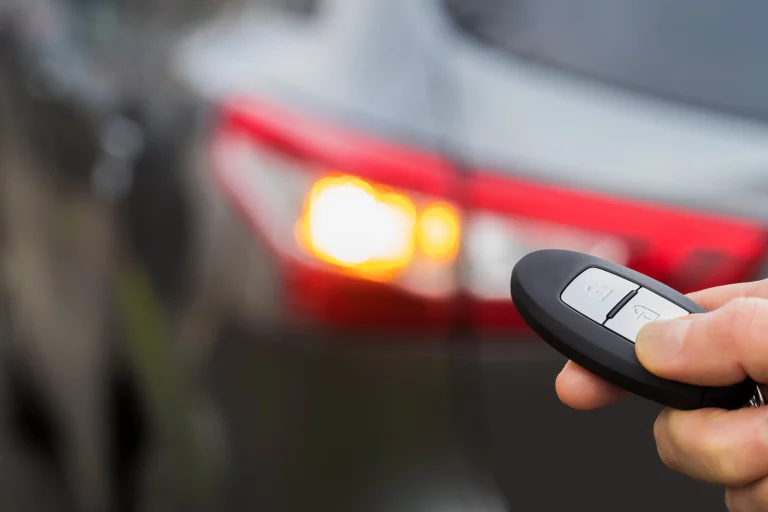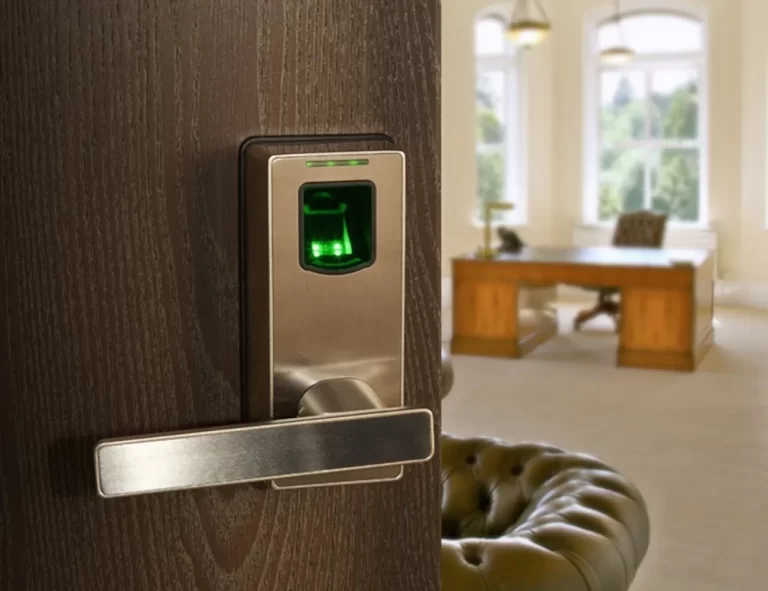What is the French Lock? Anatomy and Advantage
What is the French lock? The world of locks and security systems is a realm where innovation and tradition often intersect. Among the diverse array of locking mechanisms, the French lock holds a special place, embodying both elegance and functionality.
In this comprehensive article, we will unravel the mysteries of the French lock, understand its inner workings, and explore why it has maintained its allure over the years.
What is the French Lock?
The French lock, also known as the “European cylinder lock,” is a sophisticated security device that is widely used in doors and entryways.
Renowned for its sleek design and robust construction, this type of lock incorporates a cylindrical mechanism that is inserted into the door and operates with the turn of a key.
The French lock’s distinct design and reliable performance have made it a popular choice for residential, commercial, and industrial applications.
The Anatomy of a French Lock
To truly grasp the essence of the French lock, let’s dissect its intricate anatomy:
1. Cylinder Core
At the heart of the French lock lies the cylinder core, a crucial component responsible for the lock’s operation.
The cylinder contains a series of pins and springs that interact with the key, allowing for precise and secure locking and unlocking.
2. Key Pins
The key pins are tiny cylindrical components within the cylinder core. When the correct key is inserted, the key pins align at the shear line, enabling the cylinder to rotate smoothly.
3. Driver Pins
Positioned above the key pins, the driver pins prevent the cylinder from turning when the incorrect key is inserted. These pins must be elevated to the correct height by the key for successful operation.
4. Springs
The springs in the cylinder core exert pressure on the key pins and driver pins, contributing to the lock’s overall functionality and resistance against tampering.
5. Housing
The housing encases the cylinder core and provides protection against external elements and potential attacks. It also serves as a mounting point for the lock within the door.
How Does a French Lock Work?
Understanding the operation of a French lock involves grasping its key principles:
When the correct key is inserted and turned, it lifts the key pins and driver pins to the precise height, aligning them at the shear line.
This alignment creates a seamless path for the cylinder core to rotate, effectively unlocking the door. Conversely, an incorrect key will misalign the pins, preventing the cylinder from turning and maintaining the lock’s secure state.
The Timeless Appeal of the French Lock
What sets the French lock apart from its counterparts? Its enduring charm can be attributed to several key factors:
1. Aesthetic Elegance
The French lock’s design exudes elegance and refinement, making it a coveted choice for homeowners and designers seeking both security and style.
2. Robust Security
Beneath its graceful exterior lies a robust security mechanism. The intricate pin system and precise engineering make it a formidable deterrent against unauthorized access.
3. Versatility
French locks are incredibly versatile, suitable for various applications, including residential homes, offices, hotels, and retail establishments.
4. Longevity
The French lock’s enduring popularity speaks volumes about its reliability and longevity. Its timeless design and durable construction ensure years of dependable service.
Advantages of the French Lock
Exploring the benefits of the French locks reveals why it remains a preferred choice for security-conscious individuals:
1. High Security
The complex pin system and anti-pick features provide a high level of security, deterring even the most determined intruders.
2. Ease of Use
Operating a French lock is effortless, requiring only a smooth turn of the key to unlock or lock the door.
3. Key Control
French locks offer excellent key control, allowing homeowners or administrators to regulate access and prevent unauthorized key duplication.
4. Durability
Crafted with precision and using robust materials, French locks are built to withstand wear and tear, ensuring years of reliable performance.
Conclusion
In the realm of security and aesthetics, the French locks stands as a testament to the harmonious blend of innovation and tradition.
Its exquisite design, robust security features, and enduring popularity make it a timeless choice for individuals seeking both style and safety.
Whether adorning the entrance of a quaint cottage or gracing the doors of a bustling office, the French lock continues to captivate hearts and provide peace of mind.
READ ALSO!!!




